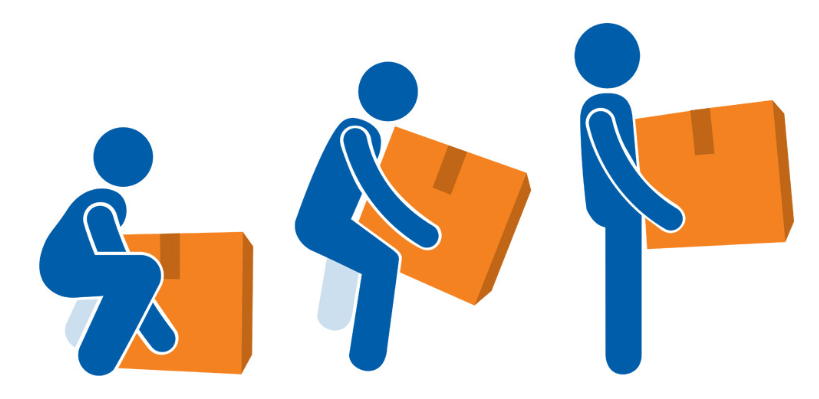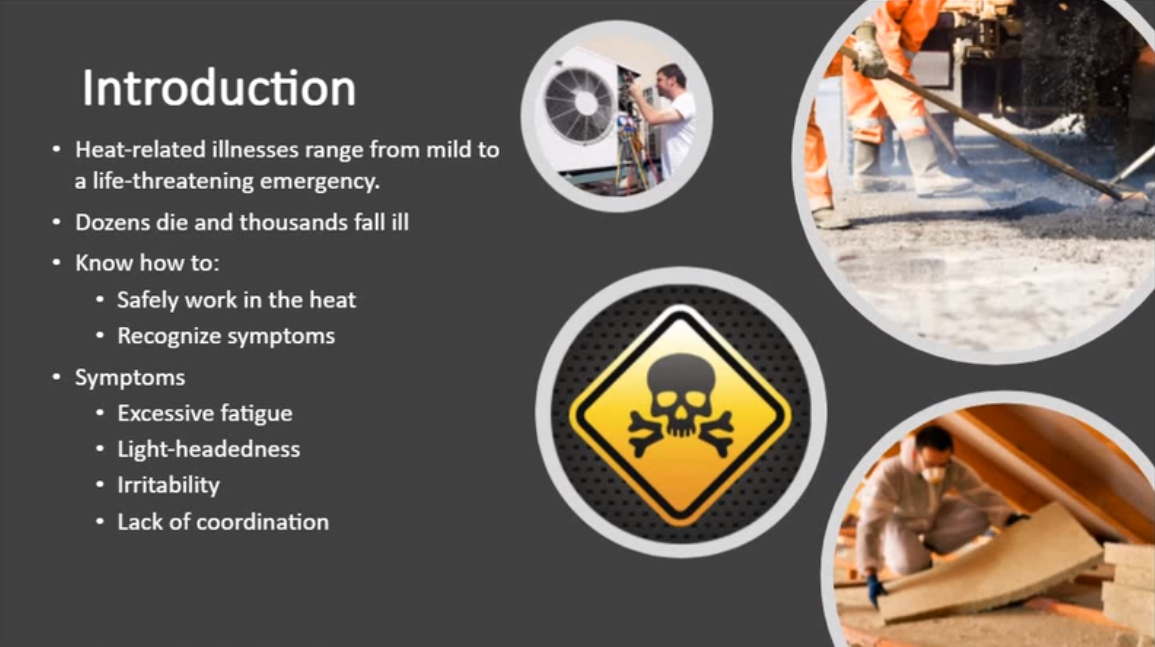Each day you work with industrial chemicals, there is a high-risk work environment. Although chemicals are a broad category, almost always the substances we’re talking about are unpredictable, unstable, and dangerous when handled unsafely.
Chemical Safety
Original price was: $11.99.$9.99Current price is: $9.99.
Description
Each day you work with industrial chemicals, there is a high-risk work environment. Although chemicals are a broad category, almost always the substances we’re talking about are unpredictable, unstable, and dangerous when handled unsafely. Chemicals can be composed of organic or inorganic compounds that are not naturally occurring in the environment, which is why they pose some danger.
The danger of chemicals comes from the many ways in which these substances can inflict trauma for workers: some chemicals contaminate the air and cause respiratory distress, others are highly combustible. A few create nasty problems when they contact the skin or are physically ingested. When handled improperly, chemicals can burn, explode, cause cancer and other illnesses, or poison and sicken.
Chemicals come in many different forms across different workplaces; they may be dusts, mixtures, paints, fuels, or solvents. Health risks from exposure depend upon the chemical itself, how it is used, and what protections are in place.
Chemicals will always involve risk. However, it is carelessness and ignorance of chemical dangers that increases the risk of exposure, or property damage and personal injury. Since so much can be learned about the safe handling of specific chemicals, ignorance is the factor most commonly cited in chemical related accidents.
Comprehending the potential dangers of chemicals in your workplace will help you make informed decisions on safe handling and the appropriate protective measures needed to avoid accidental exposure. These measures include the use of personal protective equipment and precautions to avoid taking the risk of chemical exposure home with you.
Everyday you see numerous signs and symbols designed to provide clear information and direction you are being kept out of harm’s way. Like road signs that notify you of laws, there are signs in your workplace designed to guide you.
The Hazard Communication Standard (HCS) is protocol for identifying and clearly marking chemical hazards. A large, industrial drum barrel with an unusual label, involving different colors or symbols, is the outcome of the Hazard Communication Standard. HCS has two types of labels. Recognition of these simple, special labels will help you identify chemical hazards.
The original manufacturer’s label required on original shipping containers is the first type of label. As chemicals are manufactured and placed into containers, they must be properly labeled for identification and use. The second type is a manufacturer’s label that meets OSHA’s HCS system requirements for secondary containers.
Chemicals in original manufacturer containers use pictograms that represent the physical, health, and environmental hazards of the chemical inside. There are nine pictograms defined by the HCS which are standardized under the Globally Harmonized System (GHS), and represent distinct hazard classifications. These pictograms should be on the manufacturer’s label, depending upon the hazards present. As well, these same pictograms will be found on the chemical’s Safety Data Sheet.
It is important to be familiar with all of this because, again, ignorance causes problems when it comes to dealing with chemicals.
GHS pictograms classification can be separated into three categories: physical hazards, health hazards and environmental hazards.
For chemicals to harm you, they must get into or onto your body. Of the several ways this can occur, these are known as routes of exposure: inhalation, ingestion, absorption, and injection. As well, the duration of and how often you are exposed to chemicals will influence the effects it has on your body.
Some chemicals have the potential to cause serious and immediate health effects while others take years to cause damage to the body. Acute exposure is a brief, intense exposure of a high concentration, that produces an immediate health effect. The effects of acute exposure include nausea, headache, blurred vision, trouble breathing and coughing.
Chronic exposure, is the type most associated with chemical related occupational illness. It usually involves a consistently low exposure over an extended period of time. Continued exposure to materials like asbestos, lead, and silica accounts for a chronic exposure risk. The effects of chronic exposure can vary widely depending upon the material, exposure, and your individual susceptibility.
Why SafetyNow?
Not all training is equal. With SafetyNow, learners and leaders will notice the difference in value:
- Quality: Professionally-researched and designed using the latest mobile and responsive technologies
- Convenience: Works instantly on any device, desktop or mobile
- Time savings: What learners need to know, not extra fluff or legalese
- Reporting: Consistent, instant compliance records available anytime
- Support: Customer and learner support included at no charge
- Identifying all workplace chemical hazards and the risks associated with them.
- Understanding the conditions which present an exposure risk, possible routes of exposure, and the factors influencing an individual’s reaction to a chemical exposure incident.
- Practicing safety precautions on the behalf of both workers and employers to minimize exposure to chemicals.
- Learning safe storage, transport, and disposal practices for hazardous chemicals.
- Understanding appropriate response actions in the event of a chemical incident.
- Any Learning Management System (LMS) Use with any SCORM, AICC, xAPI, TinCan, HTML5, or other LMS (learning management system).
- Any Device Desktop, laptop, tablet, or mobile phone – it simply works, everywhere.
- Engaging Professionally-developed, including an on-screen host and modern, easy-to-understand text, media, and voiceovers.
- Unlimited Attempts Each module can be taken as many times as required to get a passing grade. Unlike our competitor’s courses, if you get an answer wrong, you are redirected to the exact eLearning segment you struggled with… you don’t need to go through the entire module again, just the one part you need a refresher on.
Only logged in customers who have purchased this product may leave a review.











Reviews
There are no reviews yet.